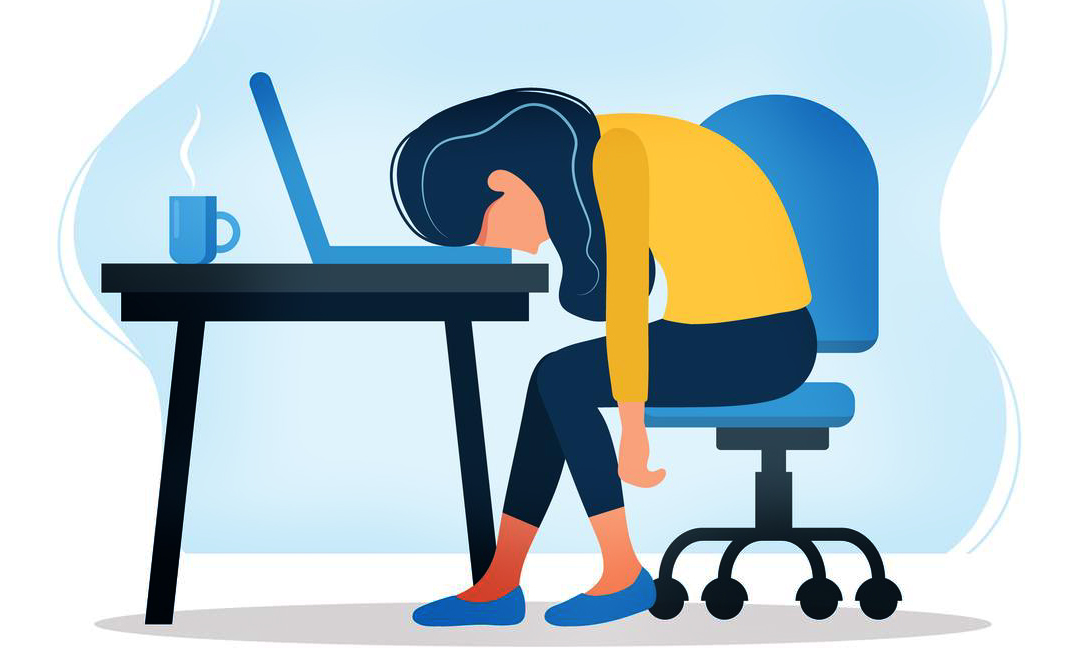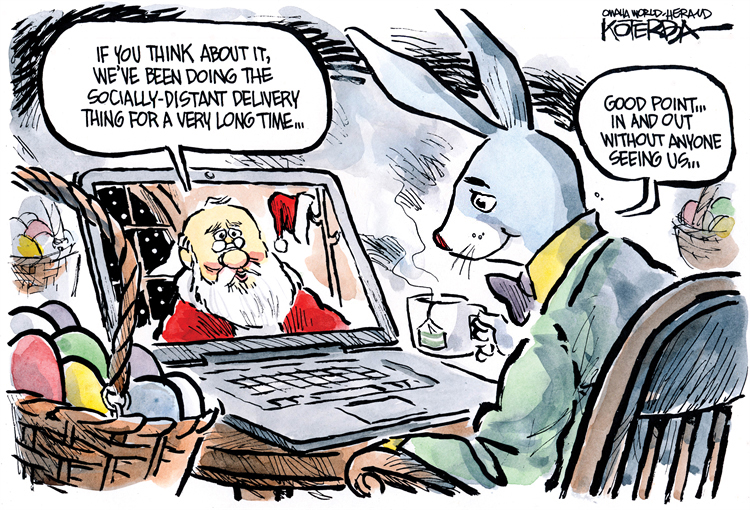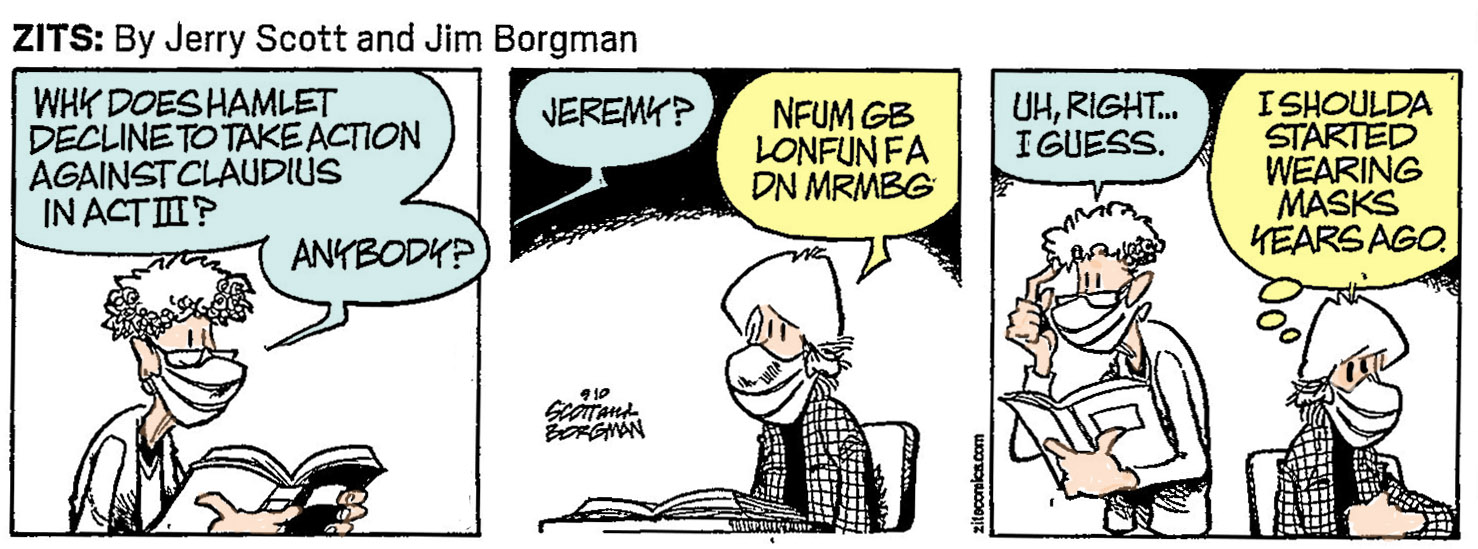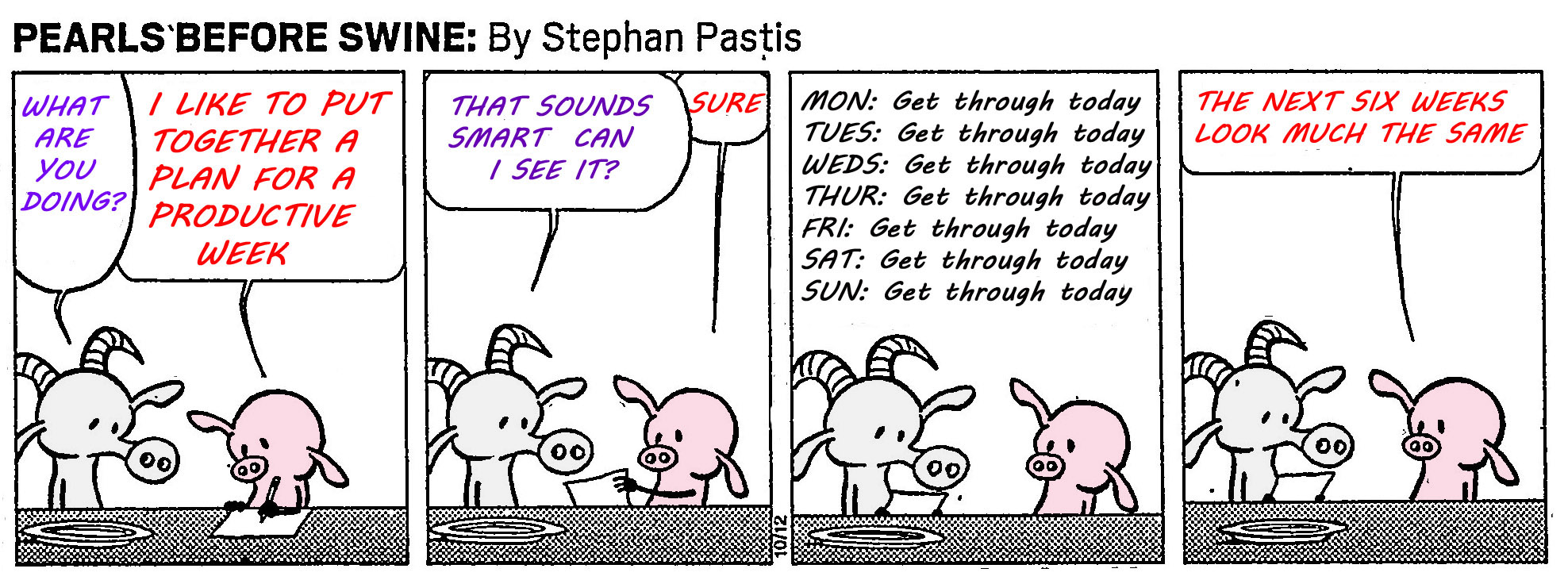I believe we will emerge from this stronger.
If parents and teachers work together to model for our children a productive and caring response to adversity, then this can be a time of growth through struggle. And, on a practical level, our staff and teachers are mastering a host of new ways to get things done that will far exceed our earlier "crisis" effort in the spring. Additional CANVAS training is taking place, and our staff have located nearly all students who did not log in at the start of school. At Boynton, 100% of all students have been accounted for. Teachers knocked on doors--whatever it took. Every student has a Chromebook and we believe that all have internet access. IT services will respond to anyone who has trouble with connectivity.
There are so many who deserve our admiration: Administrative staff engaged in planning and support, classified staff taking on new tasks in this transition, parents overseeing their student's work, and our students striving to adapt to--and conquer-- this new life challenge!
The worst part is not knowing when this will end. In the meantime, we are planning for reopening as soon as possible with the safest possible learning model. We are also planning for "Learning Hubs"--small groups of at-risk students to return to campus with volunteer teachers to mentor them in person. This is to happen very soon.
Please visit the District's website for more details on what we are doing to meet your child’s needs.



A word about our online effort: Our teachers stepped up with warp speed to make the initial transition to “crisis learning,” aided by our recent expansion of student access to technology. Now they are engaging in professional development and collaboration around best practices in distance learning. They have adjusted fall curricula to include concepts students may have missed in the spring
But the challenge isn't only on the instructional side. Teachers are reaching out to students who are increasingly isolated and grieving the loss of connections and activities that matter deeply to them. Many families have lost income and are navigating the nightmare of unemployment applications or finding other ways to cope. Families living at close quarters for extended periods have to make many adjustments. Students may suffer depression and loss of motivation or may be struggling with the new learning styles and too much screen time.
It is critical that we not lose the engagement of any student. Plans are in progress to offer in-person support, encouragement and safe study spaces to students in small groups, and we have added online mental health services.
Our District Website offers an extensive list of resources for families.
I would also like the community to be aware that fifty of our teachers were displaced by the fires and are now dealing with clean-up; three have lost their homes entirely. They are coping with a life-altering event AND teaching our students while simultaneously developing new skills and curriculum tailored to our present needs.

Things are grim enough, so I want to leave you with a smile.
Upcoming Events ? ? ?
This is the question on everyone's mind. How long will we be unable to have college fairs, art shows, sports, plays, concerts, proms, dances, etc? We are all grieving the absence of these things that so enrich life and education.
While I remain hopeful we will return to a semblance of normalcy sooner rather than later, the top priority has to be everyone's good health. In the meantime, I am focused on making distance learning the best that it can possibly be.
When we do reopen in any one of a number of possible configurations, we will have to follow the County Guidelines, which will presumably include social distancing. Here is our challenge: How do we "social distance" 8,400 people on six school sites that are already at capacity? The logistics around that are too complex for this space at this time. In the end, it will probably come down to "cost-benefit" analysis. When do the benefits outweigh the risk?
The words below were written at the end of September.
Please scroll to the bottom of this page for an update as of October 22.
-----------------------------------------------------
It is stunning how much adjustment our large and complex organization has made in a very short time. Our schools were forced to close abruptly, and our wonderful staff instantly stepped up to provide emergency online learning as well as daily meals. (over 300,000 provided by the end of June.)
Now we have moved into a deliberate distance learning model with "continuous improvement" as our motto. This model will provide more structure and more reliable outcomes for our students. But, we know that the adaptations and sacrifices our students and families have had to make are extreme. We know that student stress and feelings of isolation are at an all-time high, and we are trying to address that. I welcome input the community on these issues.
And our teachers, while employed, are not immune from stresses facing the community at large. Some have a spouse who is now unemployed. Many are managing the online learning of their own children while delivering instruction to others. Some have elder dependents who rely on them and they have to balance that awareness against the risk of exposure. Others have family members delivering "essential services" increasing risk to the household. Anyone needing elective surgery or facing childbirth is now in uncharted waters. The strain of such things is enormous. I know, because two of these are true for me.

Exactly 2,665 parents or guardians responded to our online survey about the spring semester. Just over half indicated they would be comfortable with students on campus for in-person learning under whatever guidelines are in place at that time.
Keep in mind that we have no way of knowing what those County guidelines will be in December, but we are open to all possibilities and district staff are working overtime to create multiple contingency plans for partial re-opening.
I say "partial" because there will be teachers who will not want to return for health reasons and families and students who share the same reluctance. So there will remain some element of distance learning no matter what we do. That part sounds easy, but it will be very complicated. It is not just a matter of matching the home student to the home teacher, it must be done by course and grade level! Legally, we can only have a teacher give instruction in a course for which that person is credentialed.
So that leaves the remainder returning to school at some point. Whatever the number of students is, it will be larger than we are set up to "social distance" and that is the piece that staff are working long hours to figure out. We have heard from some that we should move some of the instruction outside. Remember that we are talking about January. Here are some of the challenges of educating outside: Poor acoustics, wiring for charging and internet, rain, wind, no shade, ambient noise, the need to move furniture in and out (and our new stuff is sophisticated--not folding chairs). I've heard tents suggested.
I am as sad about all of this as I would be if I still had a student in one of our schools. I have worked for so long to see our students in new, state-of-the-art facilities—only to have this happen.


This feels all too true, but there WILL be a reopening at some point, and we WILL get through this.
It is the Board's intention to reach a decision about how we start the Spring semester at our December 1st meeting. Under California law, some components of that plan would then need to be negotiated with our three labor unions and time for that has been set aside in December.
We entered into an agreement with the teachers to remain in distance learning for the fall semester based on several considerations. The first was that, whether we would be doing it for half the semester or the full semester, we would be investing heavily in professional development and asking our teachers to invest their time in this training. We were also aware that it would be very time-consuming for them to become highly proficient at preparing and delivering lessons this way, as well as managing assessment of student progress and tracking the level of student engagement. In the absence of any evidence that there would be significantly less risk in 9 weeks, we made the decision to commit to the full semester. Since we knew we had to do distance learning for at least that long, we wanted to go "all-in" on making it the best it could possibly be. Part of the decision rested on the idea that the level of commitment might not be as total as desired if our staff knew we would change to a different model after the first 9 weeks.
Second, we never closed the door to bringing small groups back onto campus to be mentored by teachers willing to do so because they do not have a pre-existing condition or someone at home who does. We are putting that in place at the moment for students identified as being at risk for a variety of reasons. We already have some "connectivity hubs" and approved hiring tutors at the Oct 15 meeting as additional support for the small groups being created.
October 22 Update
Further, we are well aware that many students are suffering from a sense of isolation and disconnection. We are providing mental health services, but what the Board has expressed is a desire to see more outdoor campus club and social activities. There are many things that can be done after instructional time to bring kids together safely. The stress our students are feeling is a huge concern to me.